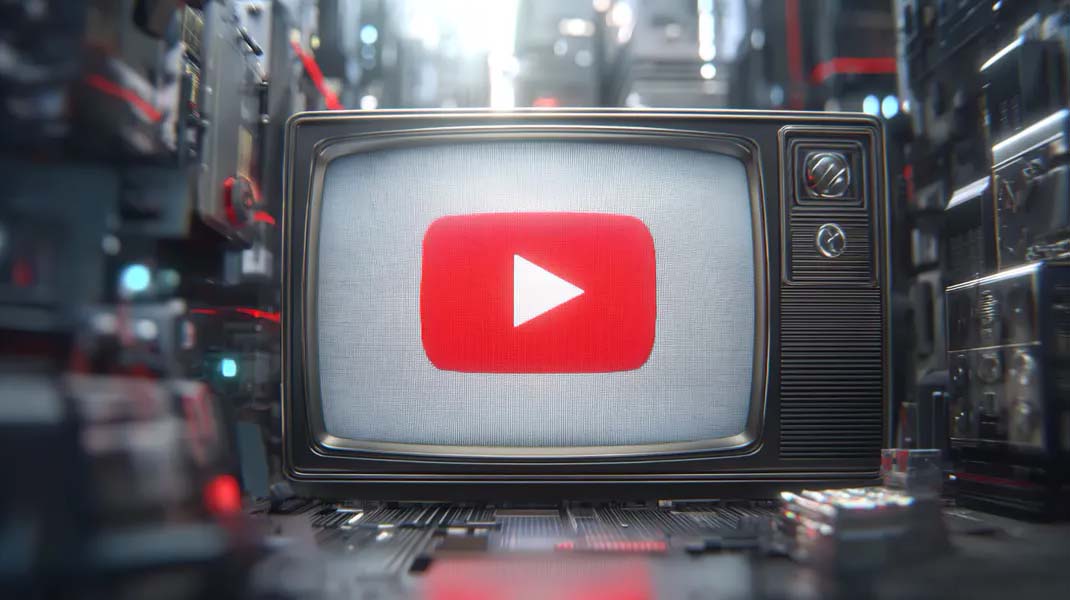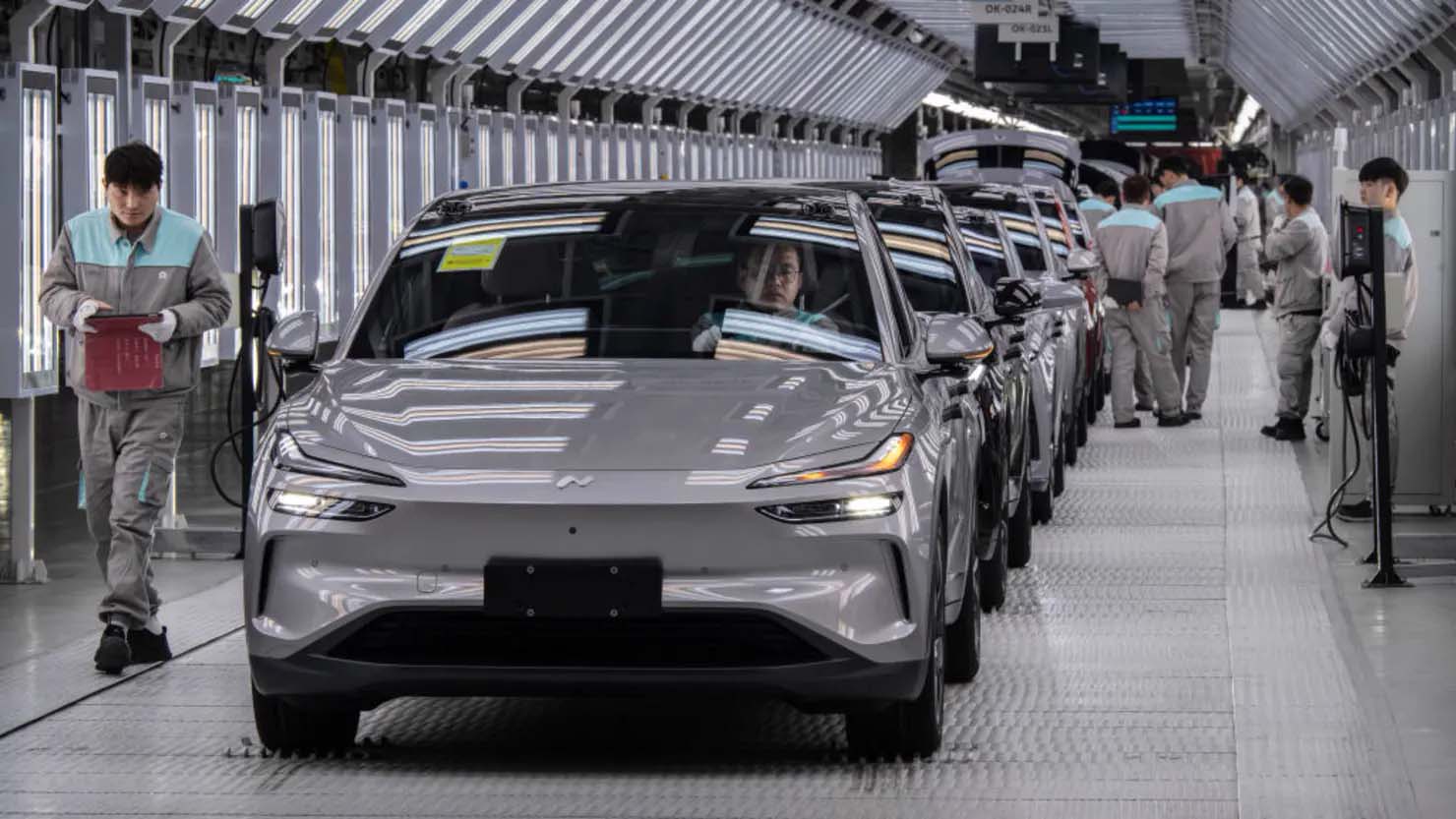PR plays an important role in creating and maintaining business myths — stories, legends, or images that help shape the perception of a brand or company in the eyes of consumers. Business myths create an emotional connection between the product and customers, promote awareness and loyalty. In this article, we look at several key aspects of how PR creates such myths.
PR presents a unique story of the brand's origin
Each successful brand has its own unique story, which is often presented as a mythologized version of real events. For example, the story of Apple founder Steve Jobs, who built the first computer in a garage with his friend Steve Wozniak, has become part of the company's corporate culture. This image of a simple startup that has grown into a giant corporation contributes to the formation of a positive brand perception among consumers.
PR creates product legends
PR is actively working to create product legends. For example, Coca-Cola is known for its legendary formula of the drink, allegedly known only to a few people. This creates a sense of exclusivity and mystery, which makes the product particularly attractive to customers.

Using cultural archetypes
Business myths are often based on cultural archetypes that are close to consumers. For example, Harley-Davidson is associated with the image of a biker-free-spirited, bold and independent. This creates a brand image that attracts the audience.
Glorifying leaders
PR often turns CEOs into heroes. An example is Jeff Bezos, the founder of Amazon, who is often portrayed as an innovator and visionary who changes the world of commerce. Such images inspire employees and attract public attention.
PR focuses on values and mission
Companies use PR to promote their values and mission. For example, the outdoor clothing brand Patagonia positions itself as an environmentally responsible company that cares about nature. This helps to create a positive image and attract customers who share these values.

Myths about social influence
Some brands create myths about their positive impact on society. For example, Tesla promotes the idea that its electric cars save the planet from global warming. This creates trust and loyalty among those who care about the environment.
Consistency and continuity
PR also supports myths through persistence and continuity. For example, McDonald's is known for its consistent quality and taste of burgers, which creates the illusion of stability and reliability.

Conclusion
Thus, PR plays a key role in shaping business myths that become an integral part of the brand. These myths strengthen the emotional attachment of the audience, increase awareness and loyalty, which ultimately contributes to the success of the business.














